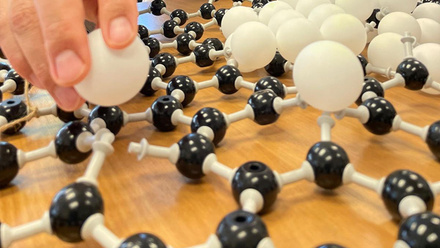Reusable tableware may be less eco-friendly than single-use paper-based tableware
An independent study reveals that shifting in-store Quick Service Restaurant (QSR) dining to reusable tableware would be equivalent to adding one extra million petrol cars on Europe’s roads.

The publication of an updated Life Cycle Assessment (LCA) comparing single use and reusable tableware helps to understand the drivers to achieving low-carbon circularity and ensuring that decisions which affect the future of Europe are evidence based.
The LCA, commissioned by the European Paper Packaging Alliance (EPPA) and conducted by Ramboll, a leading global independent engineering, design and consultancy company, compared the environmental impacts of reusable and paper-based single-use tableware systems used for dine-in in European QSRs today. It found, that contrary to widely-held perceptions, reusable tableware has a significantly higher environmental impact than paper-based single use systems in areas which crucially impact climate change.
Re-usable tableware systems generate 2.8 times more CO2-equivalent emissions than the paper-based single-use system and consume 3.4 times more freshwater.
The reason is the amount of energy and freshwater required to wash and dry used tableware and meet the standards needed to prevent cross-contamination, which is of even more importance during a global pandemic.
Subsequent analysis of these results showed that the full climate impact of shifting in-store dining to reusables in European QSRs would be equivalent to adding one extra million petrol cars on Europe’s roads. The amount of freshwater used to wash the reusable tableware would equal the freshwater needs of a city of 750,000 people. This goes against the objectives set both by the EU’s Green Agenda as well as the UN’s SDG and is of grave concern as it impedes the real need to address climate change today and the progress the packaging industry is making in developing environmentally viable packaging solutions. Huhtamaki calls on the EU and other global institutions to use evidence such as the Ramboll LCA to drive its decision making to ensure the best possible solutions for both consumers and environment.
The updated study also found that increasing the recycling of paper-based single-use items further reduces their environmental impact, particularly compared to many reusable tableware products that either cannot be recycled or have low levels of recycling. For example, by raising the recycling rate of paper-based single-use tableware from the 30% used in the Ramboll study to 70%, the freshwater-consumption advantage of paper-based packaging increases from 3.4 to 228 times better.







